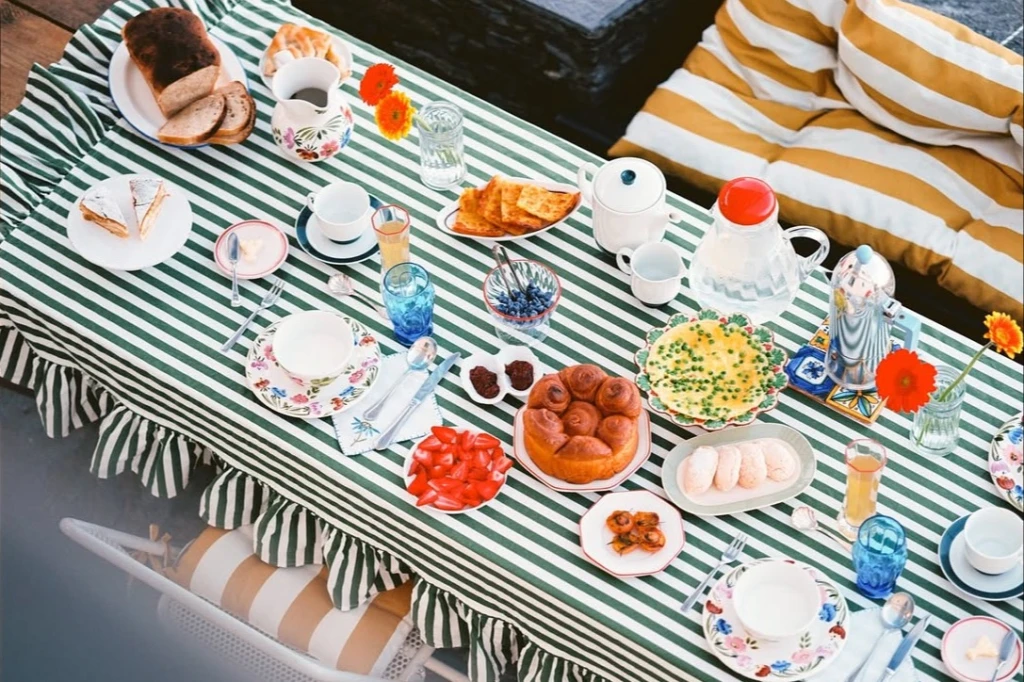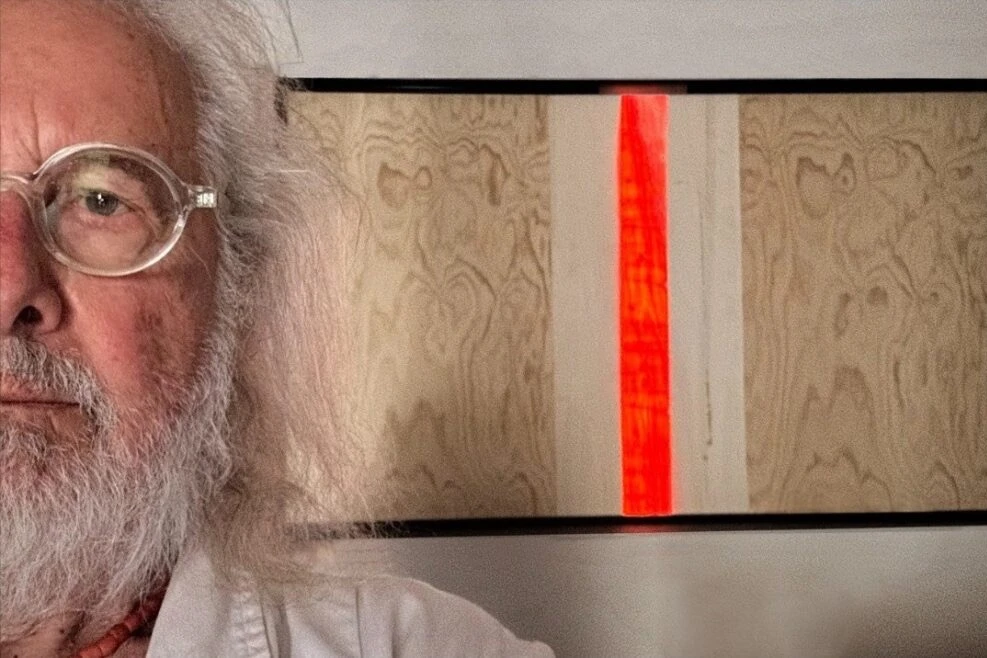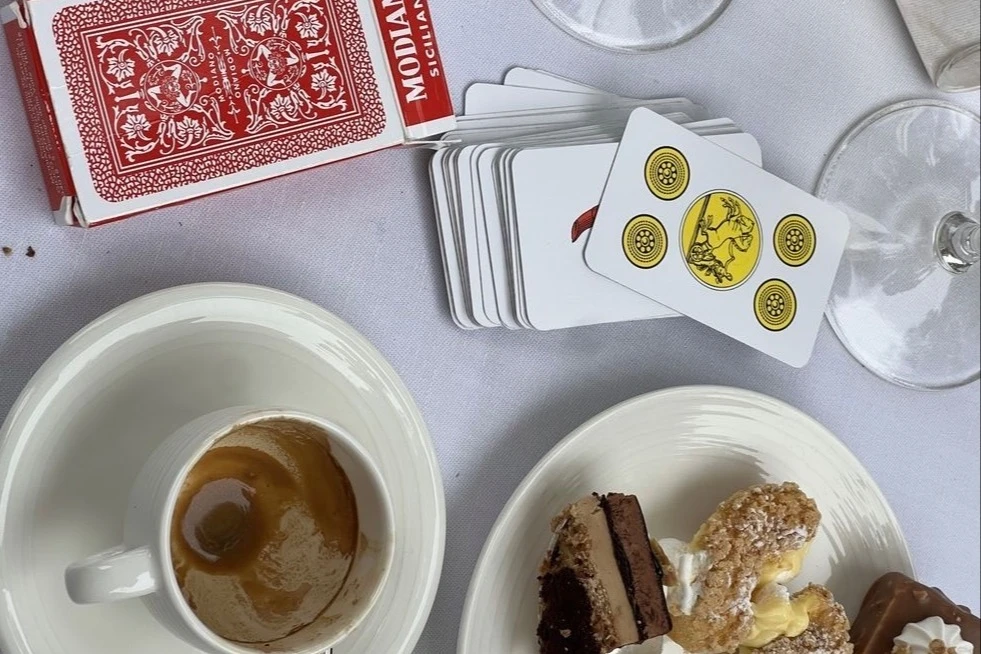The Hidden Rules No One Told You About
Ordering Coffee In Italy: The Hidden Rules No One Told You About
The birthplace of coffee culture has an unspoken protocol.
For many of us, coffee is that cup of black magic we imbibe daily to stay productive. It is intrinsically linked to urban living and so integral to our lives that over 2 billion cups of it are downed every single day.
But dive past those numbers, backtrack from the café-crazed third wave coffee movement, and the country that started it all, Italy, might want to have a word. This is after all the nation that inspired Starbucks CEO Howard Schultz to replicate Italian coffee culture and introduce flowery words like macchiato and latte to the rest of the world.
Few coffee experiences can rival what one would get at its birthplace. In fact, a trip to Italy might just shed some light on how we’ve been getting it wrong all this while and comes complete with its own set of rules a traveler has to observe to avoid being scoffed at.
Coffee here is after all, more than just a drink. It’s a lifestyle. Here are six commandments to abide by.
1. There are no large franchises or third-wave cafes
First, a bar in Italy actually means café where coffee is served. The Italians have a long coffee tradition so Starbucks and other coffee chains haven’t quite worked up the gall to set up shop here. That means, no chocolate java chip frappuccinos nor handcrafted latte art in handmade ceramic mugs which take 15 minutes to create.
2. Do not bring your laptop
In Italy, cafes are sacred places where you’d come, sit down and spend time with the person you’re with while enjoying a beverage, rather than turn it into a moment of productivity. Getting a seat and then propping open your laptop is tantamount to sacrilege so if you’re on a holiday and have to respond to urgent work emails or even to upload those photos, leave it in your hotel room.
3. Know your al banco from al tavolo
There are two ways to order a cappuccino or espresso: al banco or al tavolo, which translates to “at the bar” and “at the table” respectively. When you order al banco, beverages are priced at the ridiculously affordable 1 Euro ($1.06 USD)—even for cappuccinos. The caveat? You will enjoy your beverage standing at the coffee bar.
Al Tavolo allows you to enjoy your coffee seated but is about double the price tag at 2 Euros. In that scenario, you sit at the table and wait for the barista to come take your order (although not all cafés have tables to sit at).
4. Don’t ask for espresso. Ask for…
A caffe. This is the pressure-pushed espresso shot with crema served in a dainty cup you know so well. Other orders might mean the same in Italy as they do at your favorite franchise – that’s to say a macchiato is indeed an espresso with a dash of steamed milk and an americano is an espresso with hot water.
5. The Rules of Milk and Coffee
Here’s a surprise: the only time most Italians have a cappuccino is at breakfast as milk is a breakfast item. Order it after 11 am and you will get strange stares. In Italy, ‘latte’ also just means milk, so if it’s a dairy-laced drink you’re after, be sure to ask for a latte macchiato.
6. There Are No Takeaways
Are you too used to grabbing your latte on the go? Forget it as that’s unheard of in Italy. They do not have the mounds of paper cups, plastic lids, and cardboard sleeves that you see stacked a mile high in mega-chain coffee shops. Some say it embodies the Italian way of life: that no one is in a hurry and each moment is to be savored.
Why is Coffee so affordable in Italy?
Know your coffee's
I thought I knew my coffee but while visiting Piemonte, I learned two more I had never heard about:
Marrochian



